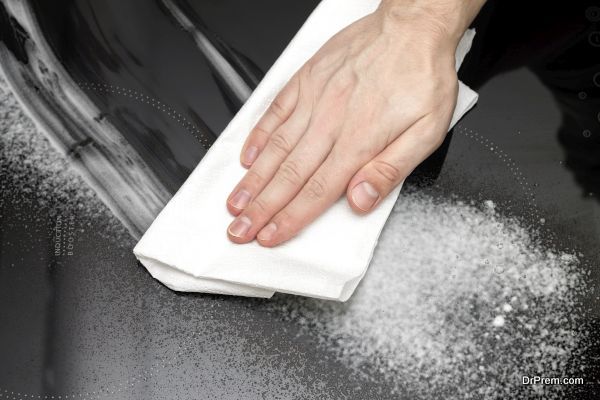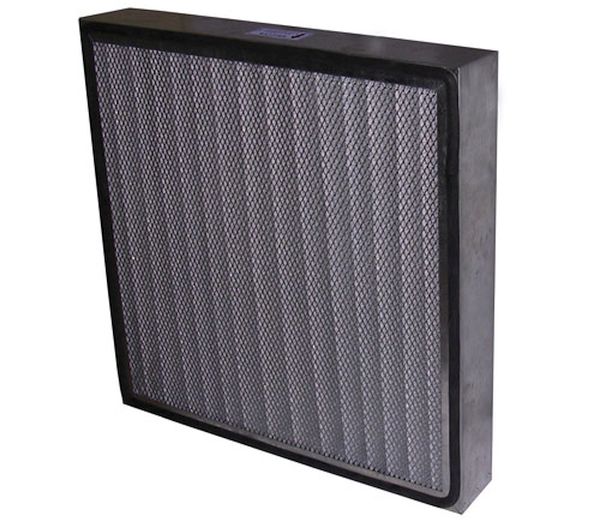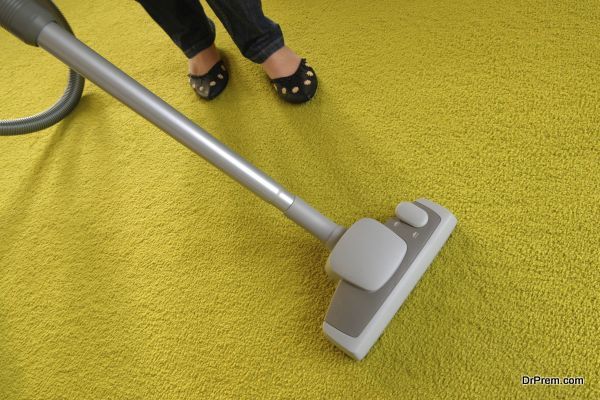People do their best to keep their homes safe and healthy for families and pets. Aside from your efforts to buy natural foods, install burglar alarms, and get to the gym, there may be malicious forces around your home. Dust is a present and ongoing hazard. Learn what it is and how to prevent it from affecting your loved ones.
What It Is
“Dust” is a common term but not many people know what dust consists of. Dust is a general term to describe pollutants in the air, which derives from a variety of sources. Dust contains pollutants and particles. Pollutants, like emissions from cars, have an undesirable and harmful effect on people and the environment. Particles may be liquid or solid and float in the air. Many particles cannot be seen.
Where Dust Comes From
Natural erosion accounts for most dust. Dander (dead skin cells of animals), pollen, microscopic organisms, and material from plants also cause dust. Activities also create dust. Exercise, hobbies, industrial endeavors, gardening, and power generation all create dust. As mentioned, dust can range in size and be invisible. Small particles linger longer in the air and can travel farther.
Visible dust, found on furniture, counter tops, etc, are larger and usually settles close to where it is created. Large particles get trapped in the nose and mouth. Such particles are breathed in and swallowed without causing harm to people or animals. However, smaller particles, inhaled and traveling to the lungs, penetrate deep inside lung tissue and are subsequently absorbed into the bloodstream.
Why It’s a Problem
As you could imagine and sometimes see, dust is everywhere. So why is it a threat to your health? The size and type determines the level of threat. The amount and length of exposure is a determinant of how threatening dust can be to you. Small particles create eye irritation, make you cough, induce sneezing, cause hay fever, and inspire asthma attacks.
Those with respiratory conditions are especially threatened by dust in the air as it may exacerbate symptoms. To date, it’s not proven that dust can create a condition such as asthma but ongoing exposure to harmful dust can deteriorate lungs and contribute to disorders such as chronic bronchitis and heart disorders.
Who You Need to Worry About
Anyone can be affected by dust, especially as the period of time around harmful particles increases. This does not mean you have to clean your home three times per day; low levels of household dust does not create serious issues. However, those who have lung and heart conditions are at a greater threat. Moreover, babies, young children, and elders are more prone to health conditions resulting from poor air quality and dust.
What Happens When You Breathe Dust
The lungs have several defenses set in place. When you breathe through the nose, particles are stopped by hair or discharged through exhalation and sneezing, never reaching the lungs. Most particles are collected in the nose and responsible for the need to sneeze or blow your nose. Smaller particles get through the nose and proceed to the windpipe. Air tubes to the lungs, the bronchi and bronchioles, are lined by cells that catch a significant portion of the particles. Cilia, tiny hairs in air tubes, push particles upward, causing phlegm in the throat.
Air that is not caught proceeds to air sacs called alveoli, located in the inner part of the lungs. Dust that gets beyond cilia is attacked by macrophages, which keep air sacs clean and swallow the particles. Macrophages ‘regurgitate’ the dust back toward the cilia where it can be pushed farther upward.
Aside from macrophages, the lungs naturally produce proteins for protection. Proteins attach to dust particles and ‘neutralize’ them. Dust can be organic (droppings, feathers, dander, etc) or inorganic (asbestos, iron, tin, etc).
What To Do
Be proactive when it comes to your home. The purity of the air in your home is an important subject. Without proper air filtration devices and purification processes air is susceptible to allergens, bacteria, dust, and airborne pathogens. Seek solutions that filter the air. Air filters work with heating and cooling systems to eliminate airborne pathogens. High performance air filters absorb and eliminate toxins before they get in the home and into your lungs. Finally, a dilution process releases fresh air to dilute levels of dust, which keeps a healthy ratio of fresh to clean air in your home.
Further Ways to Eliminate Dust
Aside from air filters, there are other ways to minimize the amount of dust in the home. Carpets are a major source of dust. Carpets contain dust mites, and especially thick rugs, though comfortable, can be hazardous. If you prefer carpeting, wash them frequently with hot water. Heavy drapes and upholstered furniture also trap pathogens and dust mites. Speak to representatives at home goods stores about vacuums and other tools that can help minimize and eliminate hazardous dust and pathogens.
Amy Reynolds has suffered from a dust and pet hair allergy since childhood. She has done a lot of personal research on the subject over the years and enjoys sharing her knowledge by blogging in the hope to help other sufferers.
Article Submitted By Community Writer











